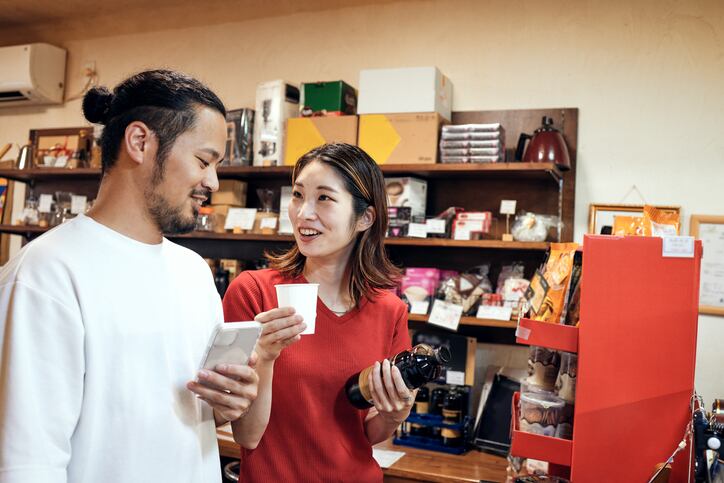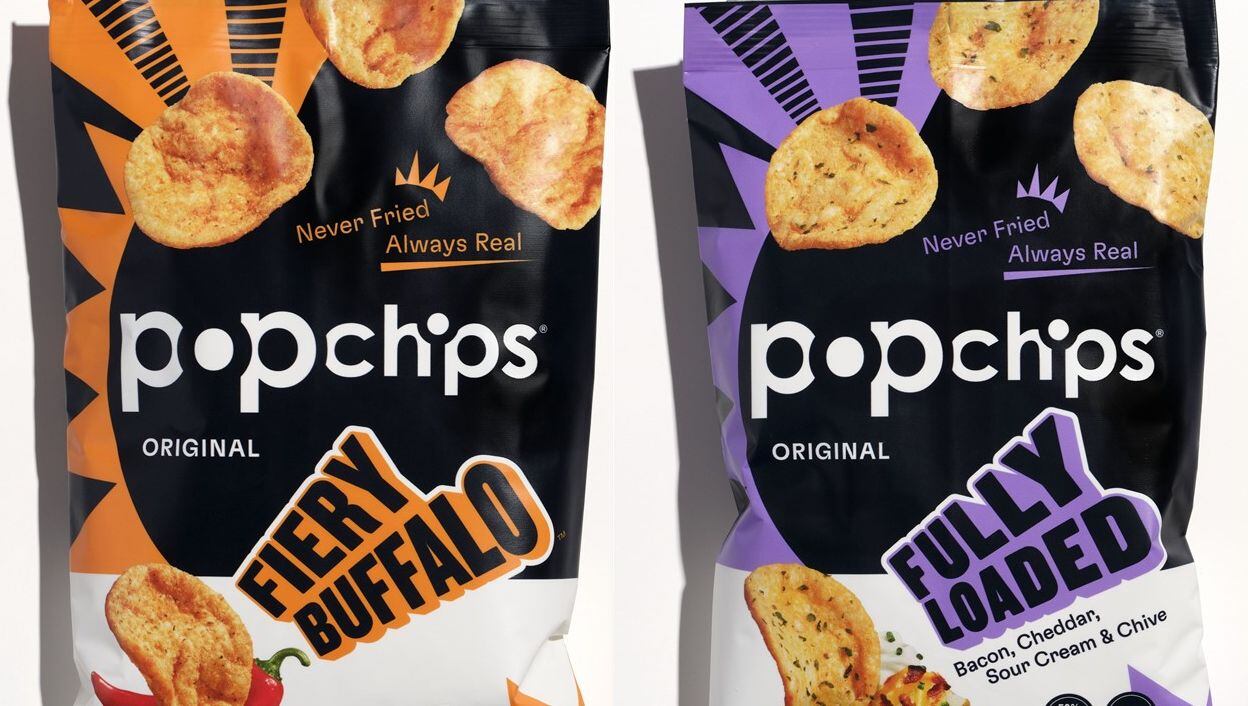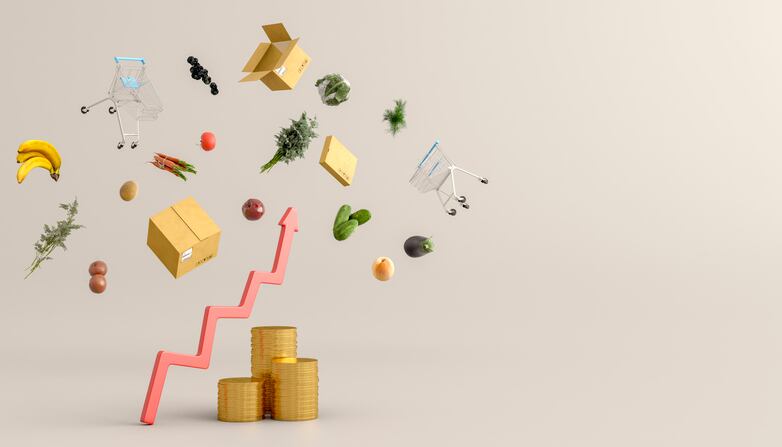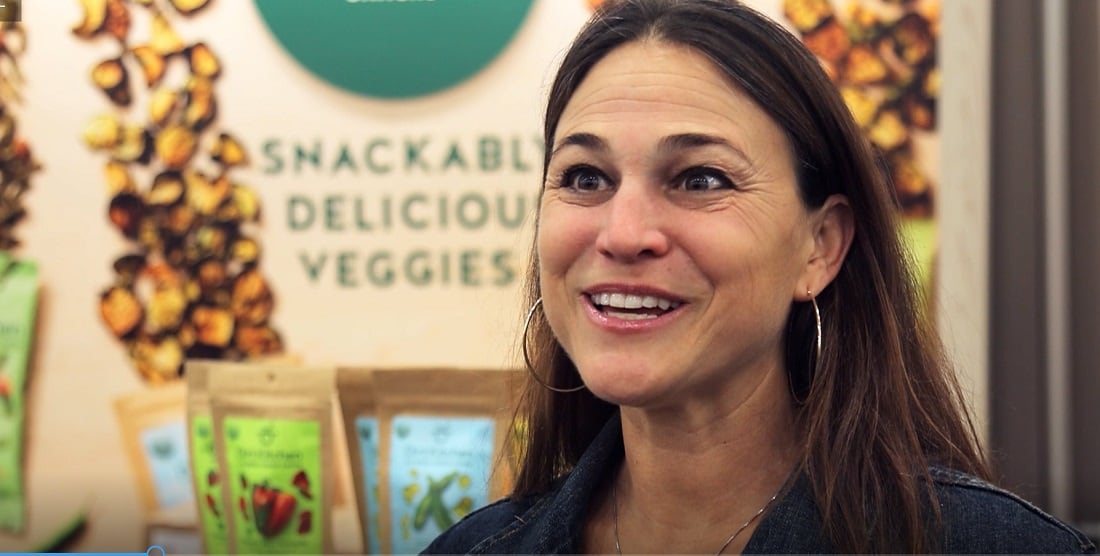Once limited mostly to individually-wrapped items corralled by the checkout stand to be consumed within seconds of leaving the store or on-the-go, impulse purchases today are more likely to be sharing sizes and larger multi- or variety-packs – reflecting the shift to working and snacking at home, and the desire to balance the demands of multiple members of the house, said IRI’s Sally Lyons Wyatt, EVP and practice leader.
She explained that in the US early in the pandemic fewer consumers were visiting stores and when they did they were more likely to stick to a list and buy items in larger quantities for their households. As a result, impulse purchases of individually wrapped items fell – forcing retailers and brands to rethink how they merchandised and marketed impulse items.
Sharable multi- and variety packs become hot impulse purchase
On the brand side, the answer was to create larger sharing sizes of permissible-indulgent and healthy items that shoppers could enjoy with other members of their household or to recreate snacking occasion at home while they were working or a hand-to-mouth grazing while relaxing in front of the TV.
As the world begins to reopen, these larger, resealable packages remain so popular that Lyons Wyatt noted they have “recently been facing out-of-stocks in the merchandising racks.”
She explained that according to IRI data 43% of consumers look for multi- and variety packs because they like to have more options for snacking (53%), members of the household prefer different snacks (48%), they are more affordable (40%) and they offer portion control options (40%).
While these larger sizes were “absolutely perfect” during the pandemic, Lyons Wyatt cautions that as inflation rises and “consumers continue to get pinched, you might want to consider having an entry-level $1-2 price point so that consumers can still have these categories and not walk away. So, keep the sharing sizes but find a way to also have those entry level options.”
Retailers redesign impulse purchase displays
As consumers continue to embrace online shopping, click & collect and contactless checkout, retailers are rethinking where and how to display impulse products as the small racks by checkout stands no longer serve as a touch point for all shoppers.
For example, some stores are creating grab and go areas near the click and collect, or using impulse purchase items to create corrals and lanes that help keep consumers distanced – and engaged – while they wait in line for self check-out. Some are even offering mobile scan and go, which not only speed the purchase time but also facilitate impulse purchases.
To boost impulse purchases among online shoppers, Lyons Wyatt said retailers increasingly are embracing ‘quick commerce’ – or the promise of fast delivery that targets snacking and other eating or drinking occasions that are based on whims, indulgence or the need to satisfy cravings quickly.
Early players in this space include gopuff, which offers thousands of items for fast delivery that can be sourced from its warehouses or that delivery drivers can pick up at nearby retailers.
More traditional grocers and retailers are getting in on the action by teaming with other driver and delivery services, like Doordash, Grubhub and UberEats – a partnership that works especially well for late night snack cravings, Lyons Wyatt said.
Retailers with dark stores or their own warehouses and delivery capability also are leveraging quick commerce as a way to promote their private label products – offering deliver for their products, but not necessarily those of national brands.
While quick commerce is still relatively new, Lyons Wyatt said in the last three months 25% of consumers surveyed used it for sweet and savory snacks – making it an area to watch going forward.
“It’s just going to keep growing,” she said.
Finally, Lyons Wyatt said the opportunity for impulse purchases is growing as consumers increasingly blur the line between different channels. She explained that in the US, value stores – like a dollar chain – and convenience stores increasingly are destinations for quick trips to restock pantry basics or pick up snacks.
In response, some retailers in this segment are creating impulse purchase “pop-ups” or segments of the store that consumers can quickly browse and find the snacks or beverages they crave.




